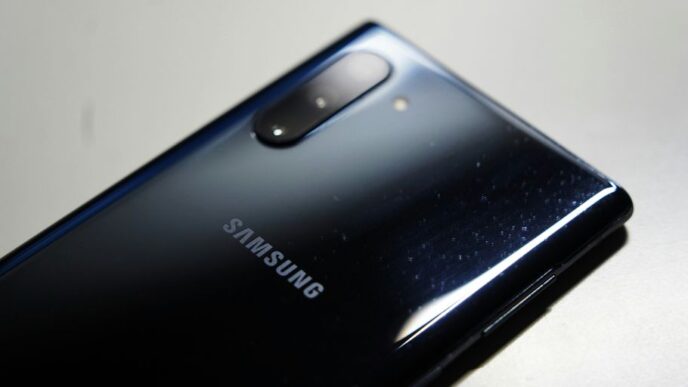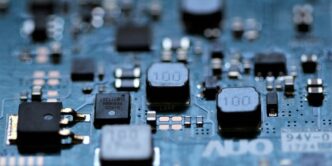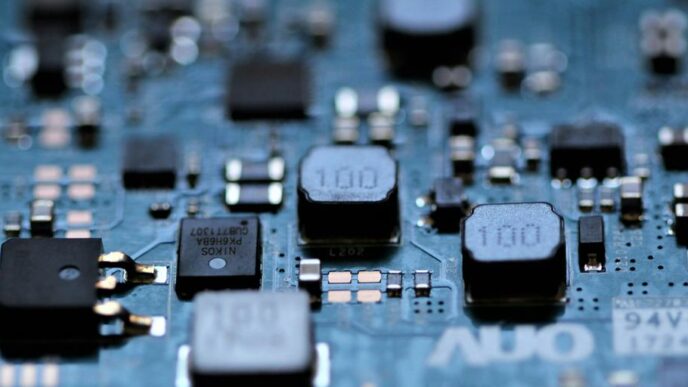AMD graphics is at the center of developing a cutting-edge technology so that VR headsets can offer life-like visuals in virtual worlds. Here is now how the AMD’s plan to provide the underlying technology to transform VR headsets from a niche into a mainstream product.
Koduri’s the AMD’s graphics plan entails providing technology to make VR headsets lighter while enabling visuals more realistic. Another core plan is to provide tools so that 360-degree interactive content does not cause a strain on the eyes and untether VR headsets from PCs.
AMD intents to make graphics processors which can provide super high-quality graphics on VR headsets that include Oculus Rift that is attached to PCs. AMD has also unveiled the Radeon Duo Pro, which is considered as the fastest graphics card for VR.
VR is perceived as a major driver for fastest growth in GPUs, just like games over the last few decades. AMD has massive plans to continue improving GPU performance while at the same time reducing power consumption.
The rapid emergence of new data source which include social media, the Internet of things, and the growing sophistication and speed of data analytics tools have resulted in a big data love fest.
It will next unveil GPUs attached on the Polaris architecture, which might be released later on this year. At the Game Developers Conference, the company unveiled a Polaris GPU running Valve’s Aperture Science Robot Repair on HTC Vive Pre headset.
AMD has been making other innovations such as high-speed High Bandwidth Memory (HBM) so that GPUs draw up images faster. HBM is a kind of memory that offers more internal memory bandwidth than existing GDDR5 memory. This technology will continue to move up with Polaris and other architectures.
AMD will not release its own headset as it is currently contented with other technologies in headsets from companies such as Oculus and HTC. However, Sony plans to release a PlayStation VR headset for its PlayStation 4 console this year, which is operated by an AMD chip.
AMD plans to supply components so that VR headsets can be untethered absolutely from PCs. It is not known exactly when that will be practical, but the product development is undergoing in that direction. They are intending to develop something that is much lighter to put on.
Aggressive plans have been put in place to make a HoloLens-like headset with AMD chips that doesn’t necessarily need to be tethered to PCs. The headset allow users to interact with 3D objects that look as floating images superimposed on the real world, just like holographic projections.
Many processing components will drive VR in the future. Much of processing for VR contents will take place in the cloud, but many small issues need to be completed. AMD has a plan to provide technology that is compatible with graphics processing on the headset GPU with VR content generated in the cloud.
Besides the hardware, AMD is also endeavouring to develop software tools like Liquid VR which is a virtual reality software development and rendering manual kit that will guide users to make good VR applications. The Liquid VR tools are available through GPU Open, a set of low-level APIs so that developers can take absolute advantage of features on the Radeon GPUs.
AMD is also working hand in hand with external development tools, and could exploit APIs such as DirectX 12 and Vulkan. Sulon Q is a good example of headset of how AMD will optimize the Microsoft’s DirectX 12 tools to unleash VR experiences.
But AMD has taken strategic steps to develop its hardware for VR applications. Desktops from HP and Dell have been certified as being “VR-ready” for headsets like Oculus Rift can be hooked up. AMD has also pressed plans for the VR First initiative with Crytek, and is therefore equipping institutions of higher learning computer labs with Pro Duo graphics cards for VR content creation.











